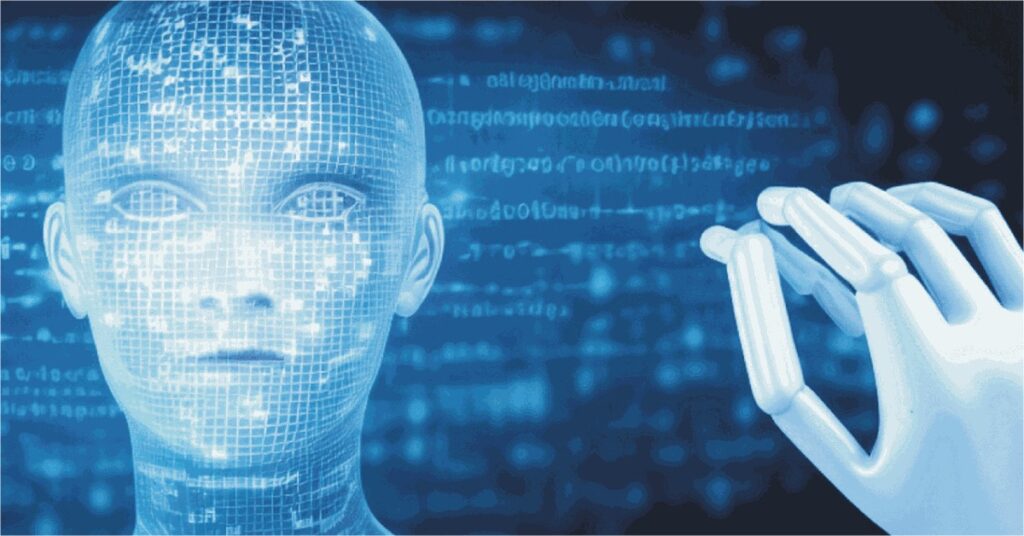Prosthetics and orthotics play a pivotal part in the lives of individuals with limb impairments or mobility issues. These cutting edge technologies have evolved significantly over the times, enabling individuals to recapture their independence, enhance their quality of life, and pursue their passions. In this article, we will explore the latest advancements in prosthetics and orthotics, the benefits they offer, and the impact they’ve on the lives of those who utilize them.
Understanding Prosthetics and Orthotics
Prosthetics refer to artificial limbs or body parts designed to replace lost or broke limbs due to accidents, natural disabilities, or medical conditions. On the other hand, orthotics are external devices utilized to support, correct, or enhance the function of body parts, particularly the musculoskeletal system. Both prosthetics and orthotics aim to help mobility, independence, and overall quality of life for those in need.
A Brief Historical Perspective
The origins of prosthetics can be traced back to ancient civilizations, where basic wooden or metal limbs were used. Over time, advancements in science and methodologies led to more smart designs. The 20th century noticed significant progress with the development of further lifelike prosthetics and increased focus on functionality.
Also, orthotics have a rich history, dating back to ancient Egypt and Greece, where various braces and splints were used to support and align limbs. With the advent of modern science and medicine, orthotics evolved into largely customized and technologically advanced devices, offering tailored solutions to individual requirements.
Prosthetics A New Era of Mobility
Prosthetics are artificial devices designed to replace or enhance a missing or disabled limb. With advancements in materials, design, and technology, modern prosthetics have come largely sophisticated, nearly suggesting the natural movements of the human body. Customization and 3D printing have revolutionized the field, allowing for personalized, comfortable, and functional prosthetic limbs. Innovative sensors and actuators in smart prosthetics can interpret the user’s intentions, furnishing a flawless integration between the artificial limb and the body’s natural movements.
Orthotics Providing Stability and Support
Orthotics are devices designed to support, correct, or help the function of a person’s musculoskeletal system. They’re frequently used to address issues similar as joint misalignment, muscle weakness, or abnormal walking patterns. The latest developments in orthotics involve the use of lightweight and durable accoutrements , similar as carbon fiber, to give optimal support and comfort. Custom- made orthotic devices ensure an accurate fit and can help prevent farther complications in individuals with conditions like scoliosis, plantar fasciitis, or cerebral palsy.
Technological Inventions in Prosthetics
a) Myoelectric Prosthetics Myoelectric prostheses use signals from the stoner’s muscles to control the movement of the artificial branch. This allows for further intuitive and natural movements, enhancing the user’s sense of embodiment and reducing the cognitive labor needed to operate the prosthesis.
b) 3D Printing 3D printing has revolutionized the prosthetics industry by enabling cost-effective, customizable, and rapid production of prosthetic limbs. This technology allows for personalized designs based on a patient’s specific anatomy, leading to lesser comfort and functionality.
c) Neural Interfaces Advancements in neural interface technology have paved the way for brain- controlled prosthetics. By establishing direct communication between the brain and the prosthetic limb, users can perform complex tasks with more dexterity and perfection.
d) Sensory Feedback Experimenters have made strides in giving sensory feedback to prosthetic users. This means individuals can regain the sense of touch, enabling them to witness textures, pressure, and temperature, thereby enhancing their control and coordination.
Cutting- Edge Orthotic Devices
a) Exoskeletons Robotic exoskeletons have gained traction in the orthotics field, helping people with mobility impairments due to spinal cord injuries or neurological conditions. These wearable devices give support and assistive movement, enabling users to walk and engage in daily activities more easily.
b) Smart Orthotics Incorporating sensor technology, smart orthotics can continuously watch the body’s movements, detect abnormalities, and give real- time adaptations to ameliorate gait and posture. They’re particularly helpful for patients with conditions like cerebral palsy and stroke- related impairments.
c) Carbon Fiber Technology Carbon fiber has revolutionized orthotic devices, making them lightweight yet incredibly strong and durable. The application of this material allows for more comfortable and discreet braces, promoting compliance and overall effectiveness.
ALSO READ
Impact on Lives and Society
The impact of prosthetics and orthotics on individuals’ lives can not be overstated. These devices not only restore physical function but also empower users with a renewed sense of confidence and independence. enhanced mobility enables individuals to partake actively in society, pursue education, and engage in economic employment.
Also, advances in prosthetics and orthotics have led to greater inclusivity and acceptance of individuals with limb impairments. This has redounded in a more compassionate and understanding society that values diversity and recognizes the resilience of the human spirit.
Challenges and Future Outlook
Despite the remarkable progress made in prosthetics and orthotics, several challenges remain. Cost can be a significant barrier, especially for advanced technologies. assuring access to these life- changing devices for all individuals requires collaboration between governments, healthcare systems, and charitable associations.
Likewise, research and development efforts must continue to upgrade existing technologies and explore new solutions. This includes enhancing sensory feedback systems, refining brain- computer interfaces, and advancing AI- driven algorithms to ameliorate device functionality.
Enhancing Daily Living with Assistive Technologies
Prosthetics and orthotics go beyond enabling physical activities; they also ameliorate daily living and functional independence for individuals with mobility challenges. Advanced prosthetic hands with sensory feedback allow users to perform delicate tasks with perfection, similar as picking up small objects or tying shoelaces. Powered exoskeletons give enhanced mobility for individuals with spinal cord injuries, helping them walk again and recover control over their movements. also, orthotic devices like ankle- foot braces can significantly ameliorate stability and gait, making it easier for people to perform routine conditioning and navigate their surroundings confidently.
Prosthetics and Orthotics for Sports and Recreation
Advancements in prosthetics and orthotics haven’t only revolutionized the medical field but have also opened up new possibilities for individuals in the realm of sports and recreation. Amputee athletes can now partake in high- impact sports like running, swimming, and even competitive events like the Paralympic Games. Especially designed sports prosthetics offer increased elasticity, responsiveness, and energy return, helping athletes achieve their maximum potential. also, adaptive orthotics enable people with musculoskeletal conditions to engage in various recreational activities, enhancing their physical fitness and overall well- being.
AI and Robotics in Prosthetics and Orthotics
Artificial Intelligence( AI) and robotics have played a vital part in advancing prosthetics and orthotics technology. AI algorithms are used to interpret signals from the user’s nervous system, enabling intuitive control of robotic limbs. Machine learning helps produce more natural movements, making prosthetics feel like a flawless extension of the body. In orthotics, robotic devices help physical therapists in delivering personalized rehabilitation programs, tracking progress, and adapting treatment plans in real- time. The integration of AI and robotics has accelerated the development of groundbreaking prosthetic and orthotic solutions that enhance the user’s experience.
Companies Providing Prosthetics and orthotics
There are several companies that give high quality prosthetics and orthotics.
These companies are well known for their commitment to invention, quality, and patient care in the field of prosthetics and orthotics. still, I recommend visiting their websites to explore their current product offerings, services, and any updated information. moreover, it’s always a good idea to consult with a healthcare professional or specialist to determine the best prosthetic or orthotic solution for individual requirements.
Conclusion
The field of prosthetics and orthotics has witnessed remarkable advancements, changing the lives of countless individuals with limb impairments and musculoskeletal conditions. The integration of cutting- edge technologies like 3D printing, AI, and robotics has paved the way for highly functional, personalized, and user-friendly solutions.
These advancements not only restore mobility and independence but also empower people to pursue their goals and live life to the fullest. As technology continues to progress, we can hope even more groundbreaking inventions that will further improve the lives of people with limb impairments, opening up new opportunities and possibilities for a brighter future.

